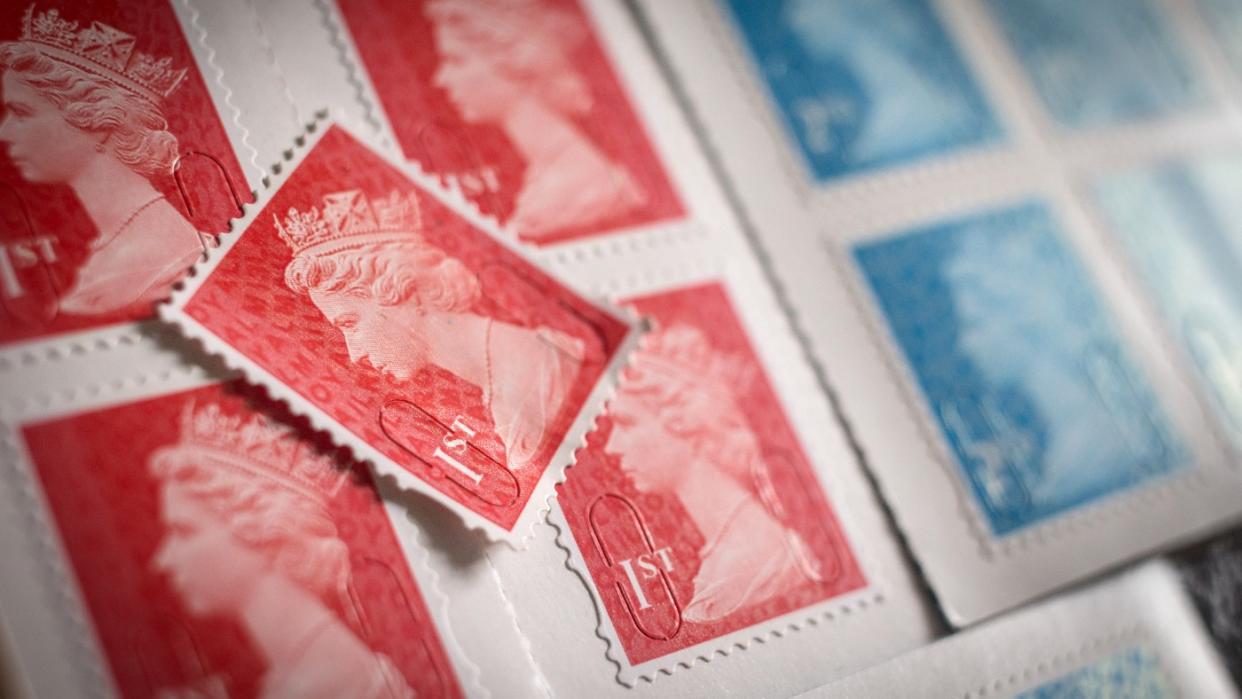How and why UK stamps are changing

The cost of first-class stamps has gone up again and many old stamps are no longer valid as Britons grapple with more changes to the postal system.
The price of a first-class stamp increased this week by 15p (or 14%) this week to £1.25, while second-class stamps for standard-size letters remain at 75p.
Royal Mail blamed increasing cost pressures but MoneySavingExpert highlighted that it’s the "second time the price of standard-letter size first-class stamps have been hiked this year".
The move means first-class stamp prices will have "more than doubled since 2012" and posting a birthday card can now be more expensive than the card itself.
And many of your old, cheaper stamps may not be valid. In August, Royal Mail introduced new barcoded stamps to "improve security and efficiency", said the Evening Standard. It means stamps with the late Queen's profile and without a barcode "are now invalid".
Why are stamp prices rising?
The main reason cited for the rise is the cost of Royal Mail maintaining its "universal service obligation" (USO).
The USO requires Royal Mail to deliver letters six days a week across the country "at affordable prices that are uniform throughout the UK", explained the regulator, Ofcom.
Royal Mail argues that the USO is "unsustainable", said BBC News, "as the number of letters being sent is falling while the number of households is growing".
Why are barcodes being added to stamps?
Royal Mail has been moving to a new system of barcodes, which old stamps do not feature.
The last day standard non-barcoded stamps could be used to post items in the UK was 31 July.
The company says the new unique barcodes will "help make operations smoother" and enable the introduction of "added security features", said ITV News.
Customers will also be allowed to watch and share videos by scanning the barcoded stamps in the Royal Mail app.
Non-barcoded stamps were originally due to expire at the end of January, "but the scheme was extended by six months after people said they needed more time", reported Sky News.
Commemorative and non-barcoded Christmas stamps are still valid, said Royal Mail.
At the same time, Royal Mail has sought to change all the stamps in circulation following the death of the Queen, with a profile image of the new monarch, King Charles III, being used.
However, the "change will come as a shock to the many stamp-hoarders out there", said Martin Lewis, founder of MoneySavingExpert.com.
How do I trade in my non-barcoded stamps?
People can swap their old stamps for barcoded ones through Royal Mail’s "Stamp Swap Out" scheme, where there is no deadline for exchange.
Those stamps eligible for swapping are regular first- and second-class "everyday" stamps, featuring the profile of the late Queen.
You can send back up to £200 worth of unused, non-barcoded stamps to be swapped using Freepost, but if you intend to swap stamps worth more than £200, you are advised to return them to Royal Mail using a secure postage service.
Although there is no deadline for the swap, it is worth doing it "sooner rather than later", added MoneySavingExpert, in case the scheme closes.
What will happen if I try to use old stamps after the deadline?
Old stamps will be treated as having "insufficient postage", much the same as if you forgot to put a stamp on the item. The recipient will have to pay an extra fee or the item will be returned to the sender.
When did stamps start featuring King Charles?
It took around six months from the death of the Queen last year for the first stamps featuring King Charles to begin entering circulation. Gradually introduced at first, these have since become more commonplace.
However, said The Guardian, post boxes bearing Queen Elizabeth’s royal cypher, ER, are "unlikely to be removed" as "some with King George VI’s GR cypher remain in use today, 70 years on".

